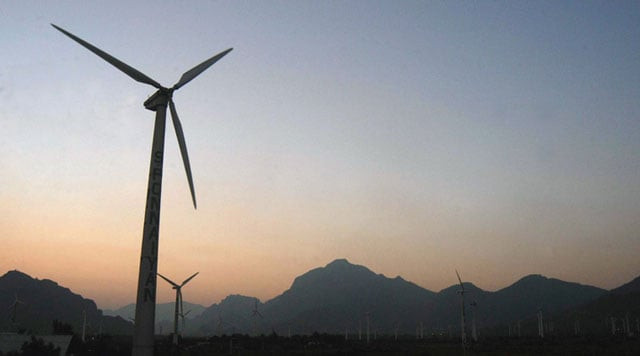India 'confident' it can meet ambitious 2030 energy targets
India is committed to generate 40 per cent of its electricity from renewable sources by the end of 2030

PHOTO: INDIANEXPRESS
"It is a huge jump for India, therefore it is a very ambitious target," Prakash Javadekar told a press conference after the government submitted to the UN a new plan for tackling climate change, ahead of a major environment conference in Paris in November.
Read: Playing favourites?: ‘Sindh capable of resolving Pakistan’s energy crisis’
India made the pledge to cut emissions intensity - the ratio of a country's carbon emissions to its economic output - as part of its Intended Nationally Determined Contributions or INDCs, in a document published on a UN website early Friday.
It also committed to generating 40 per cent of its electricity from renewable sources by the end of 2030.
"We are much too dependent on fossil fuels now," Javadekar said, describing the new goals as "comprehensive, ambitious and progressive".
Read: Energy crisis: 1,320MW project to be competed by 2017: CM
The new goals would take India's capacity for renewable energy by 2030 to more than double the 175,000 megawatts currently targeted, to reduce crippling blackouts and bring power to the more than 300 million Indians currently living without electricity.
"Despite huge developmental challenges, India has put forward a climate action plan that is far superior to ones proposed by the US and EU," Sandeep Chachra, ActionAid India's Executive Director, said.
"The ambitious focus on energy efficiency and dramatic increase in renewable energy deserves credit but must lead to enhanced energy access for the poor," he said.



















COMMENTS
Comments are moderated and generally will be posted if they are on-topic and not abusive.
For more information, please see our Comments FAQ